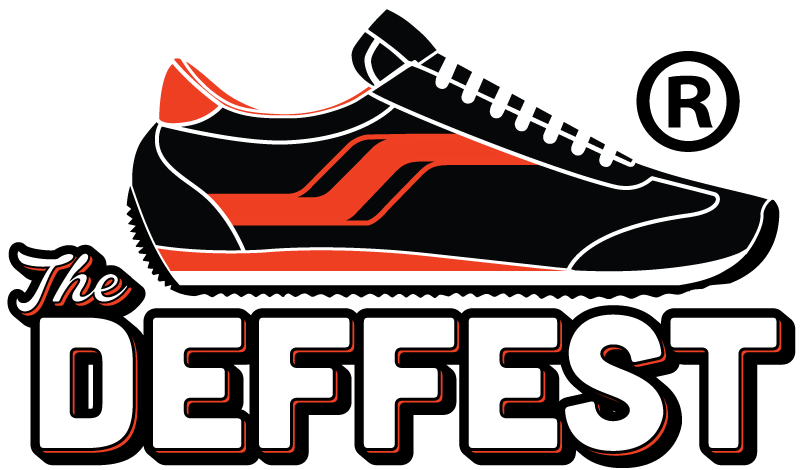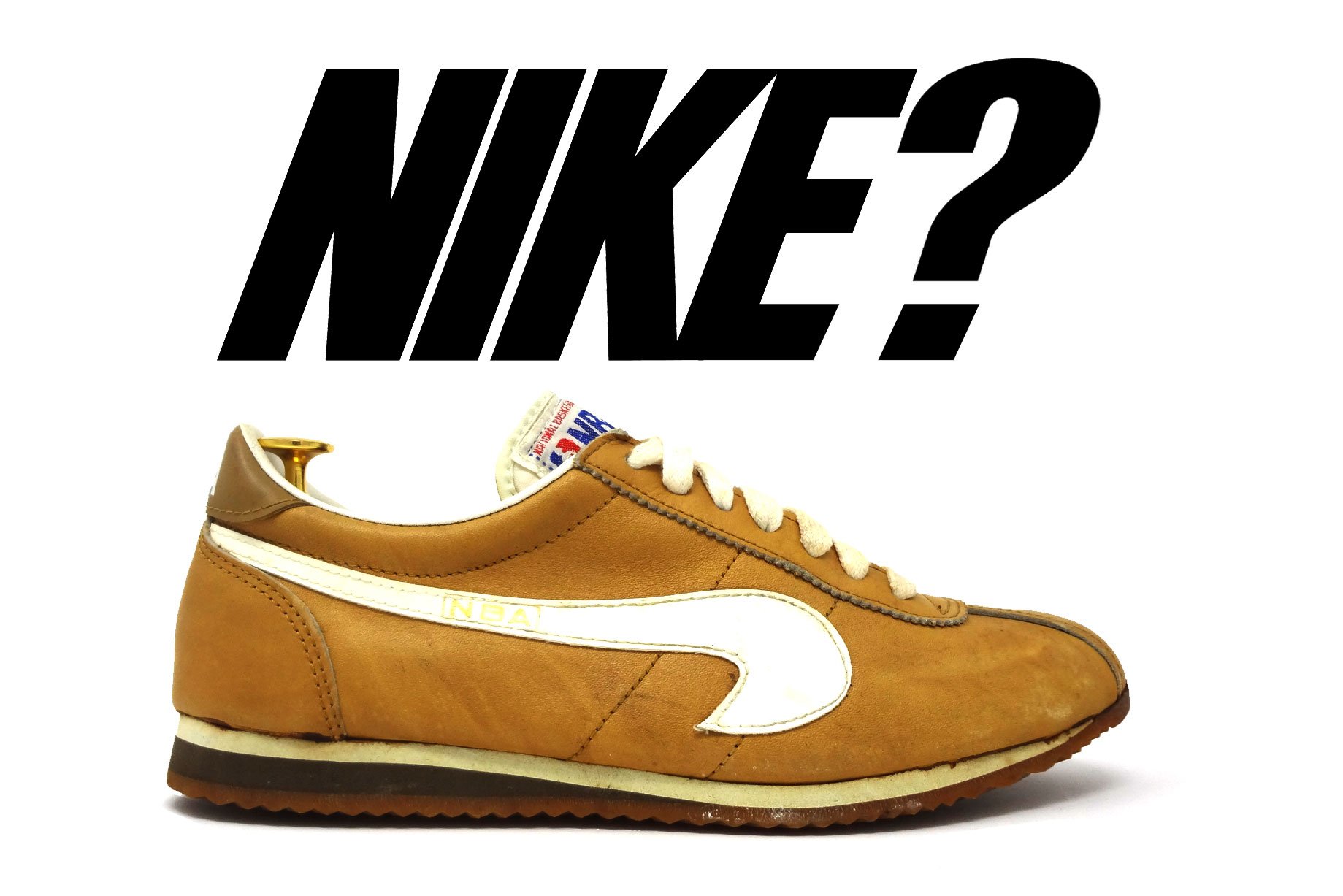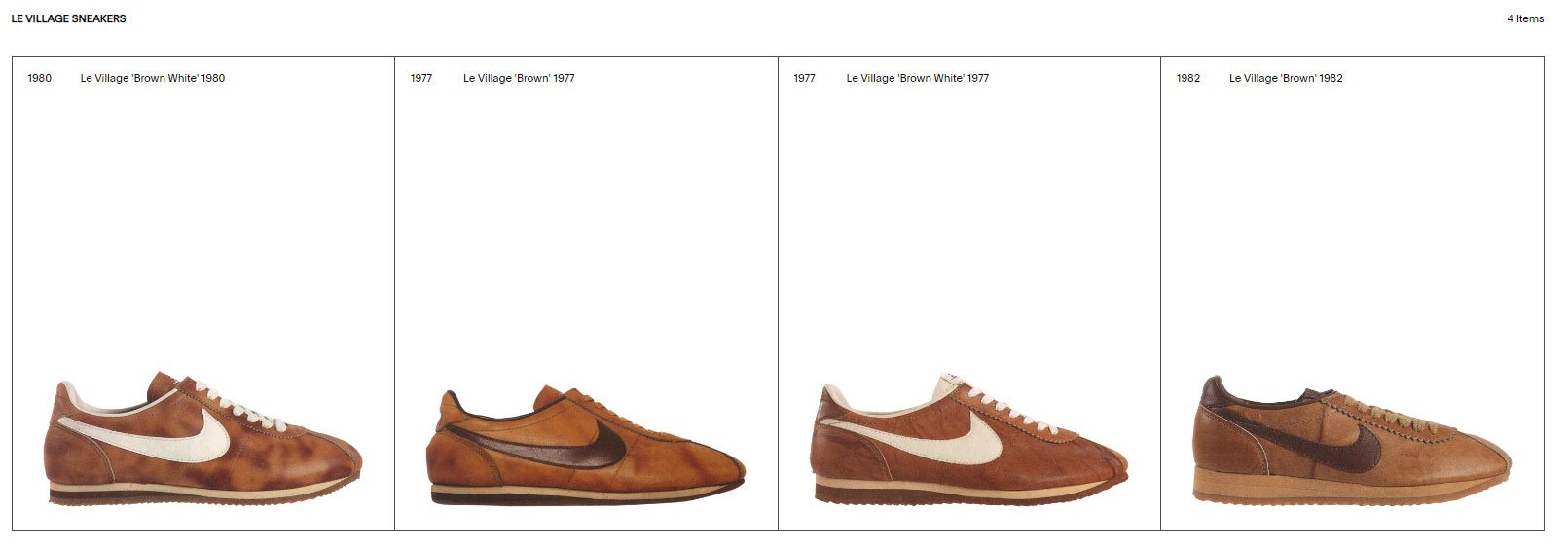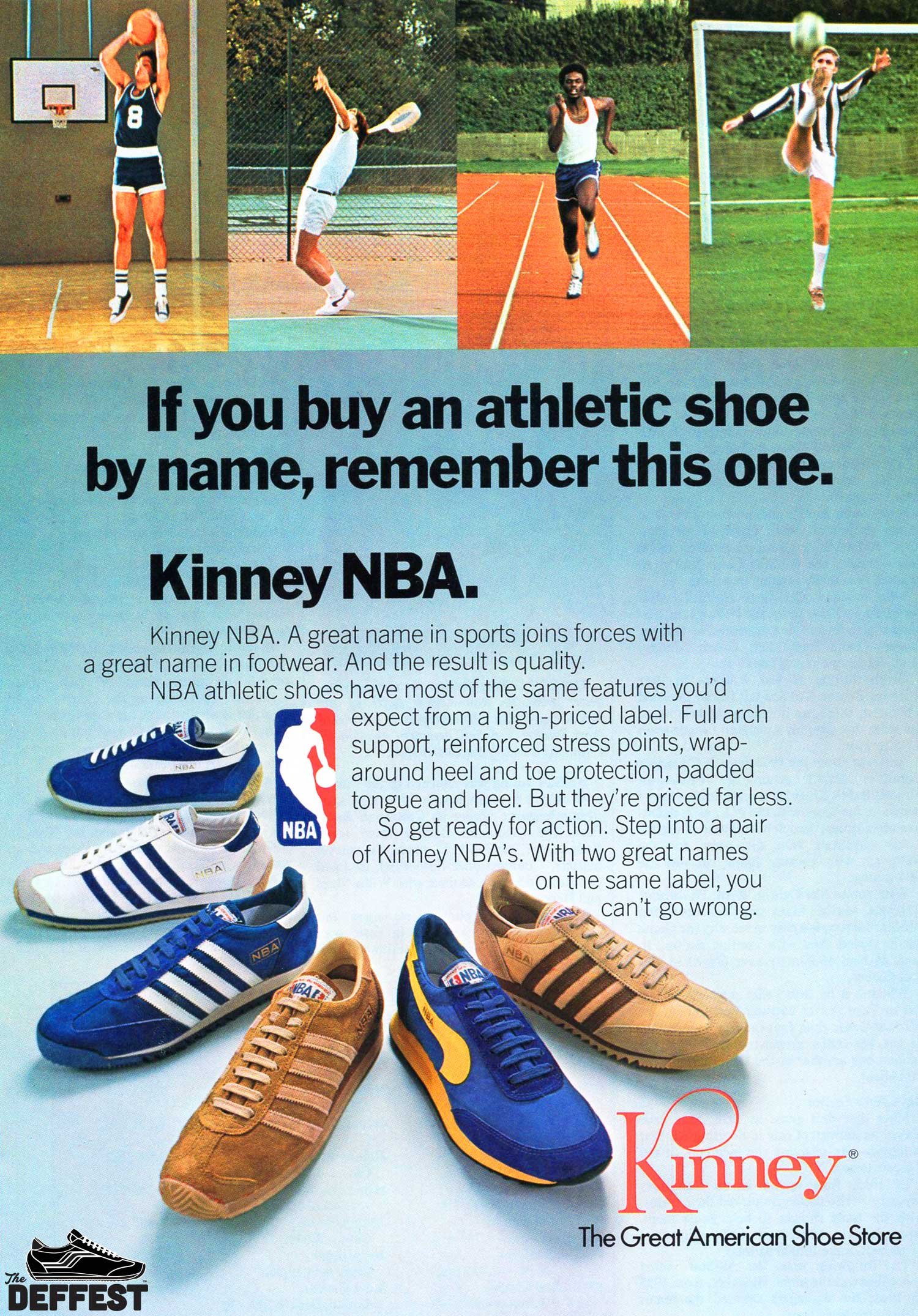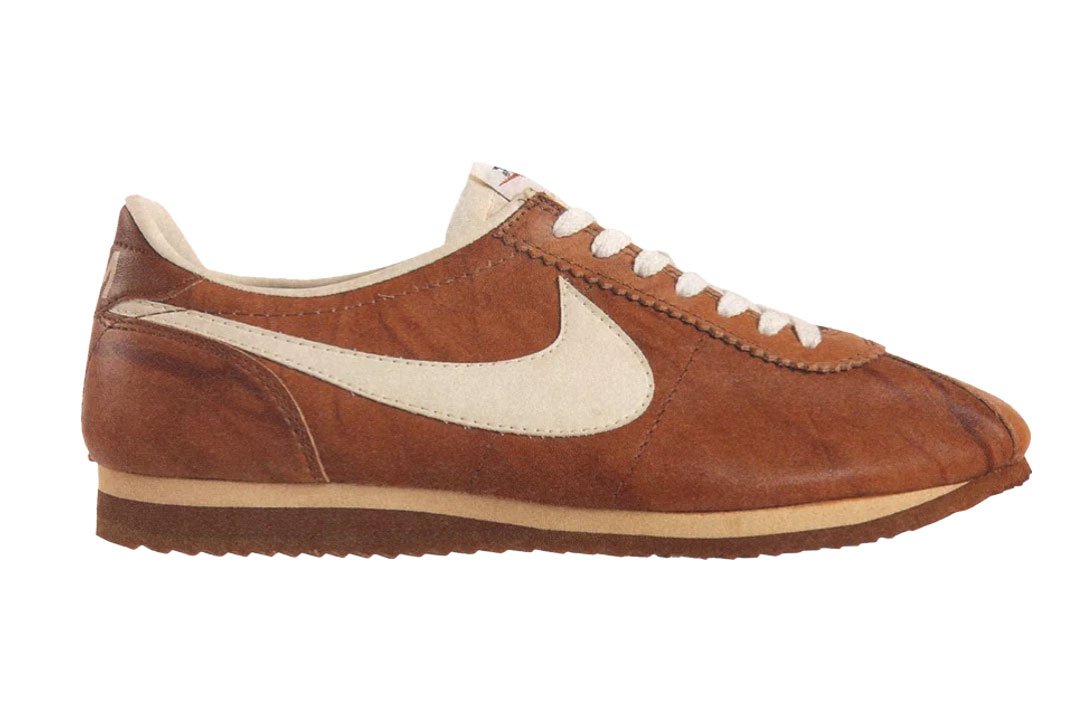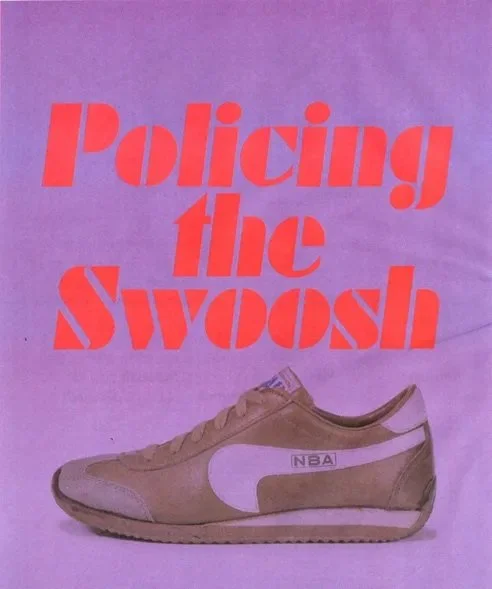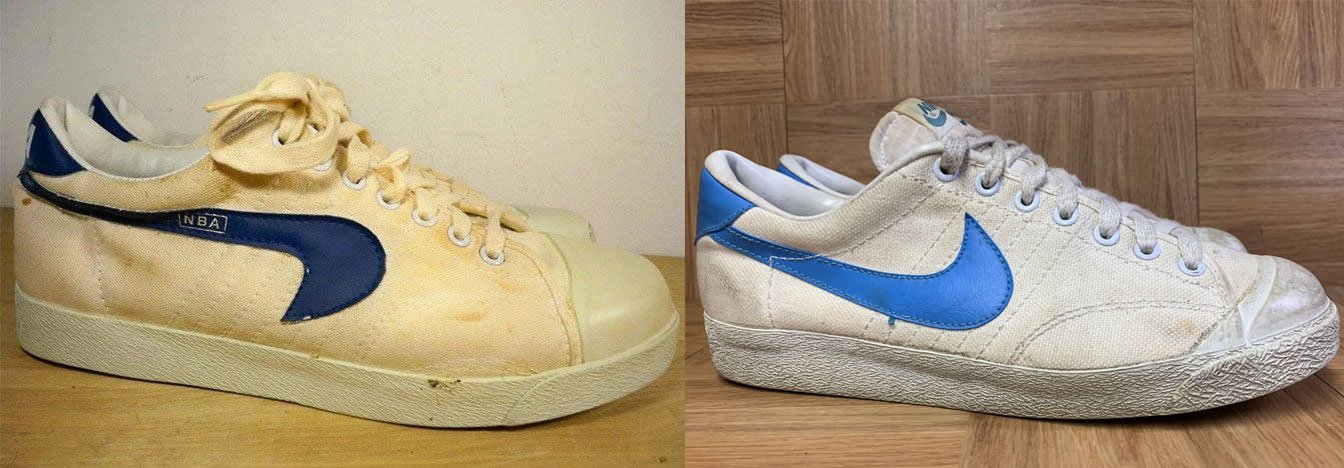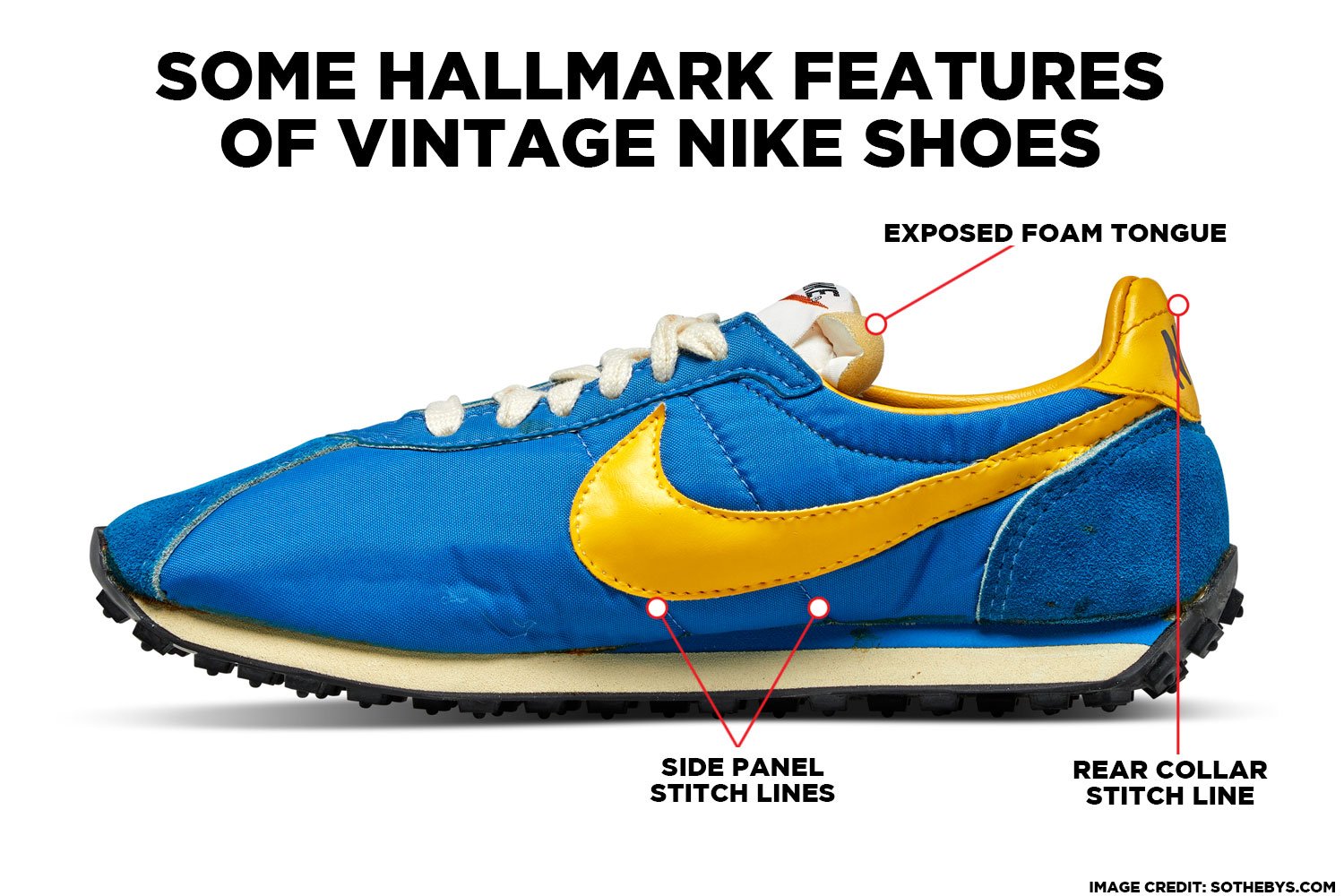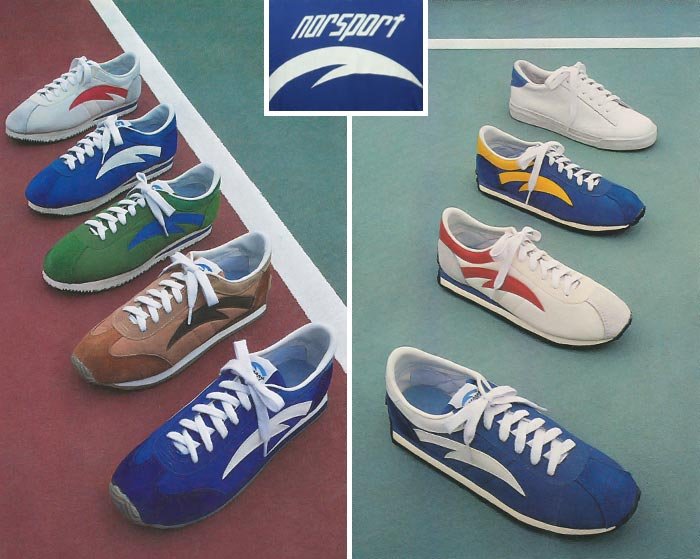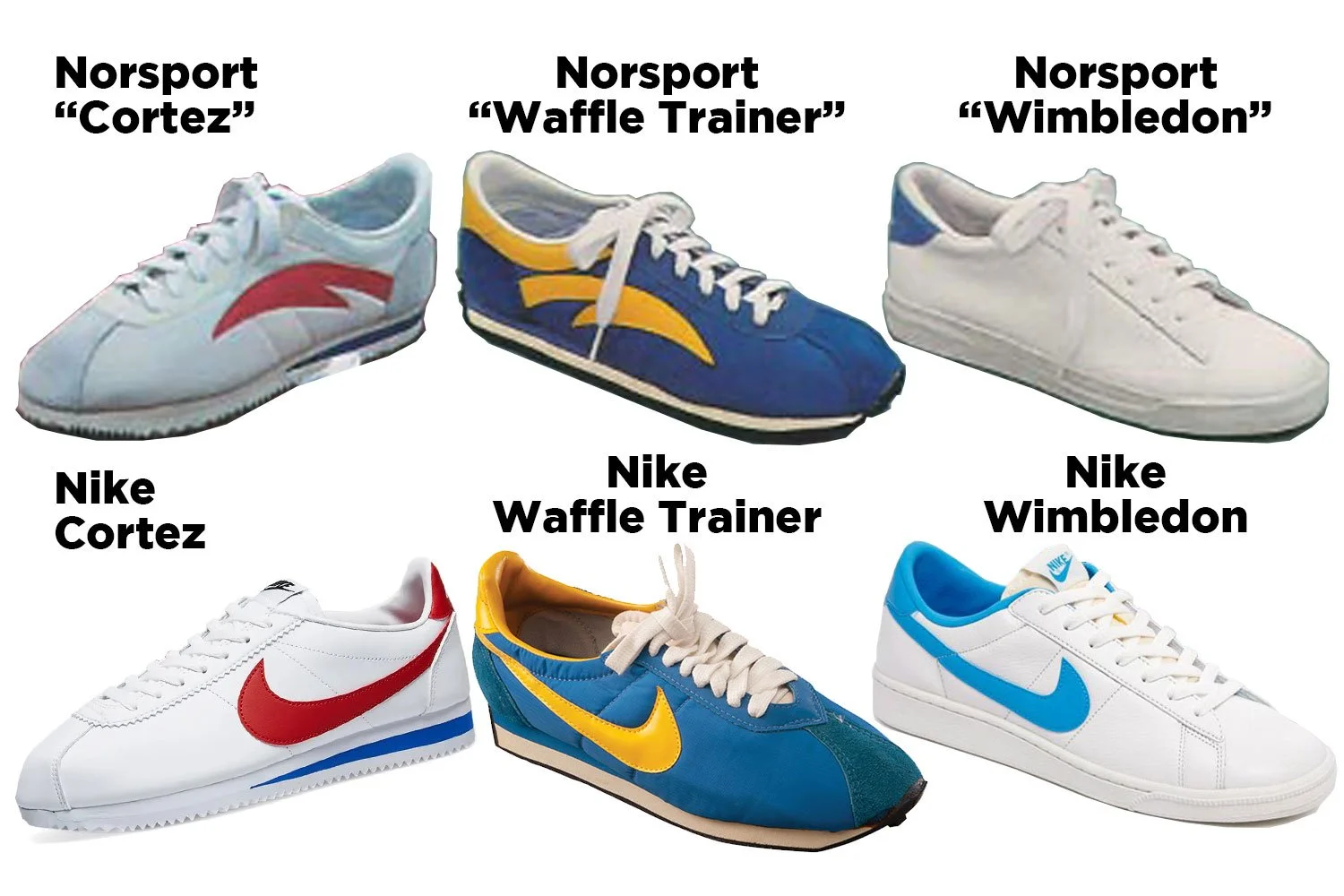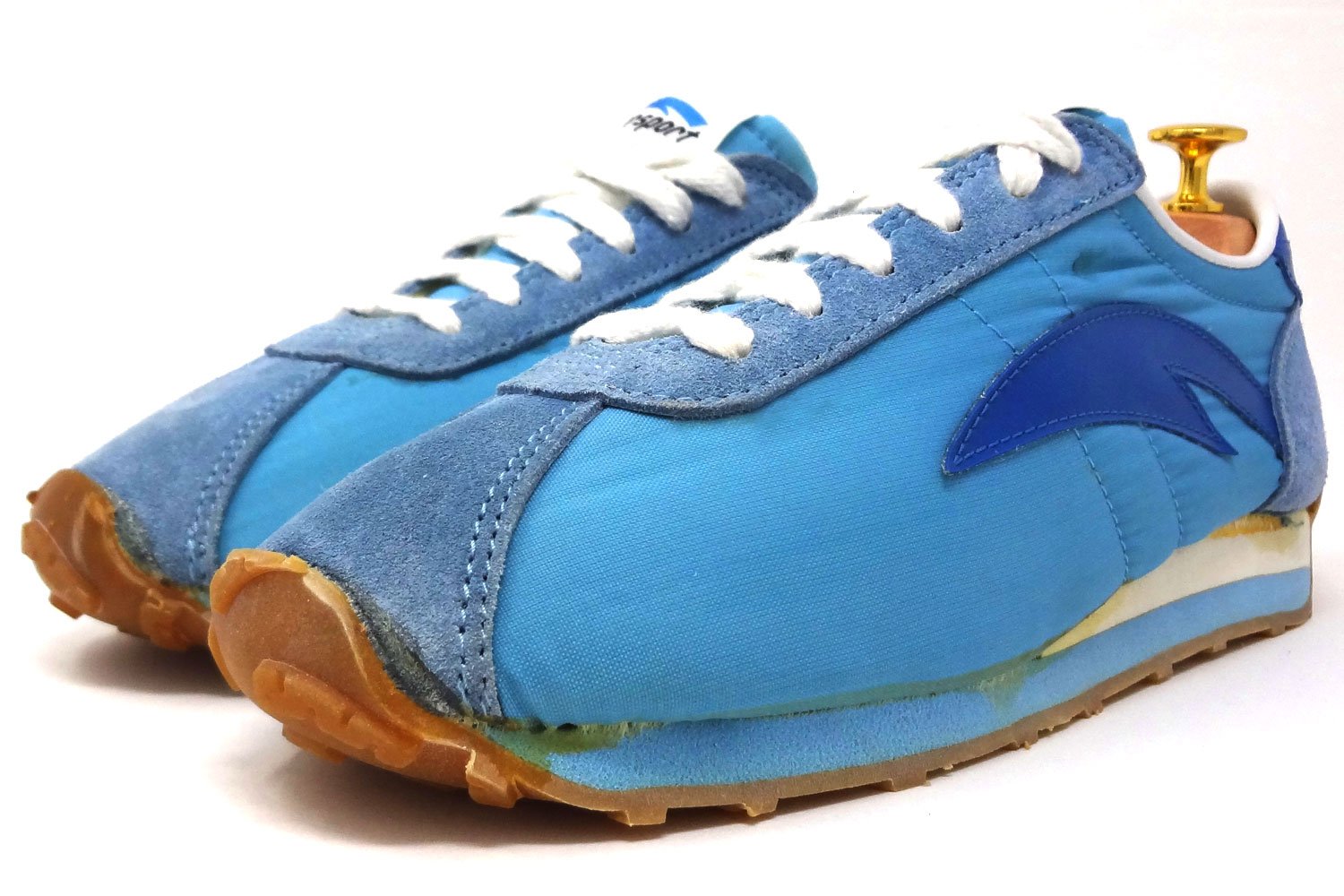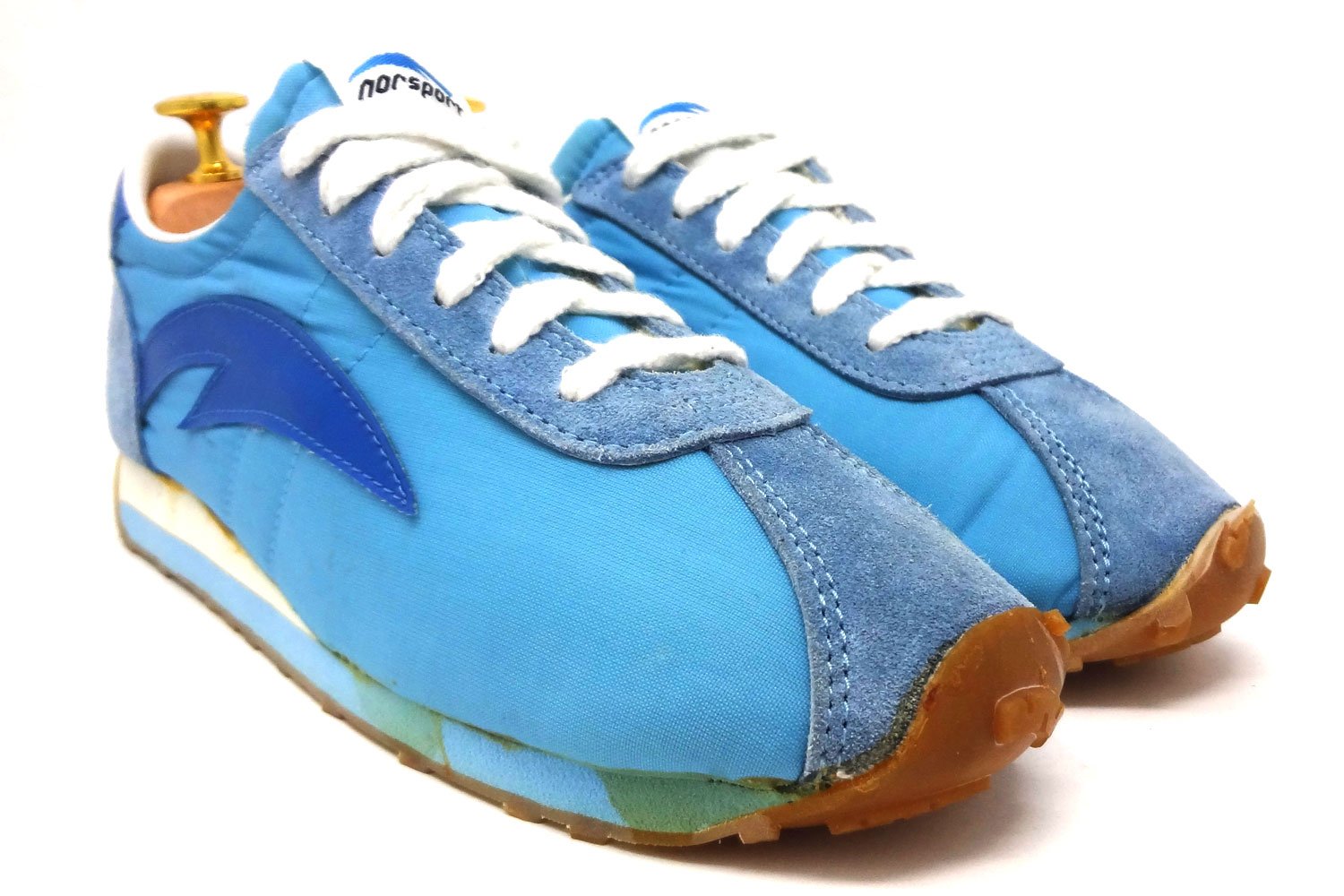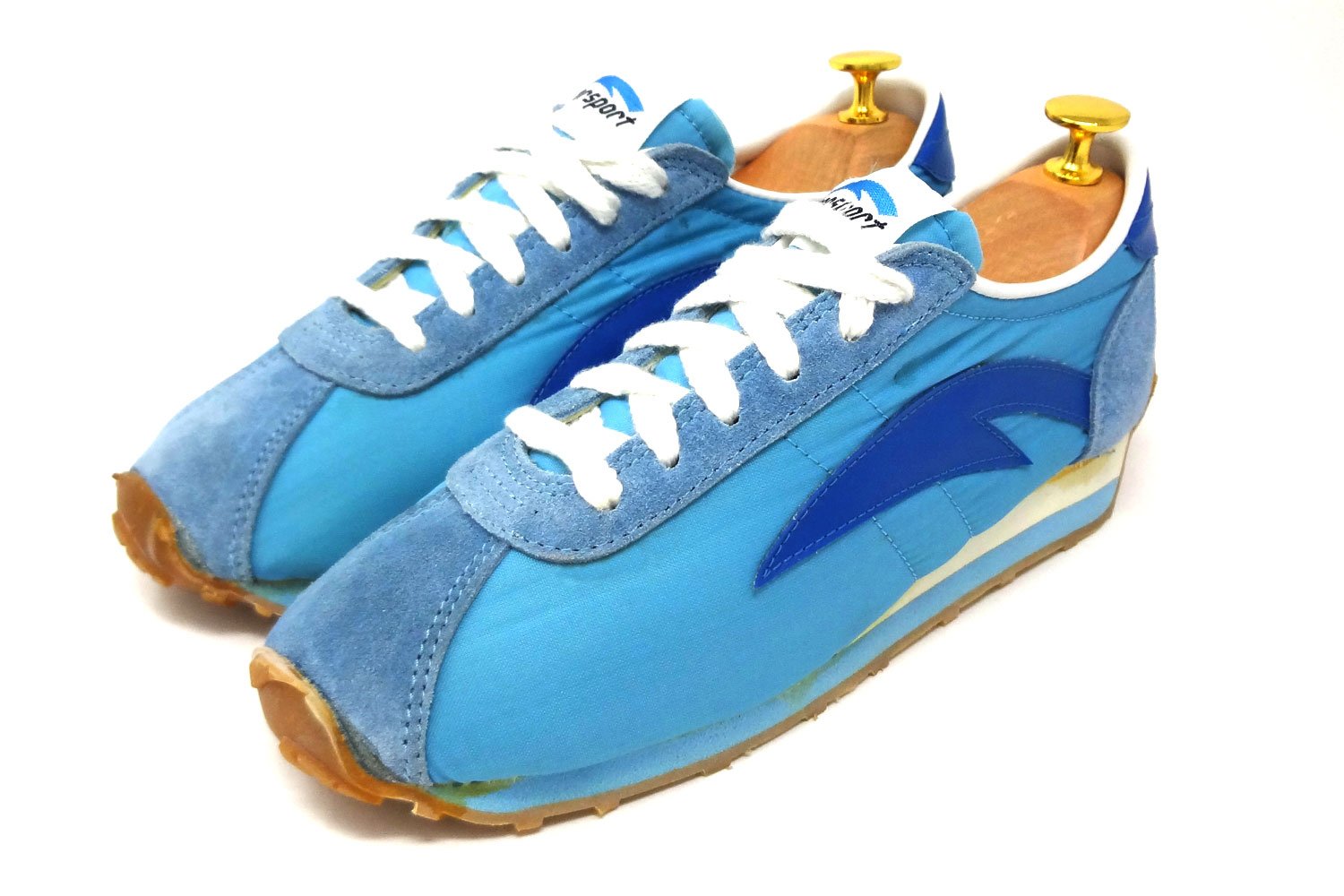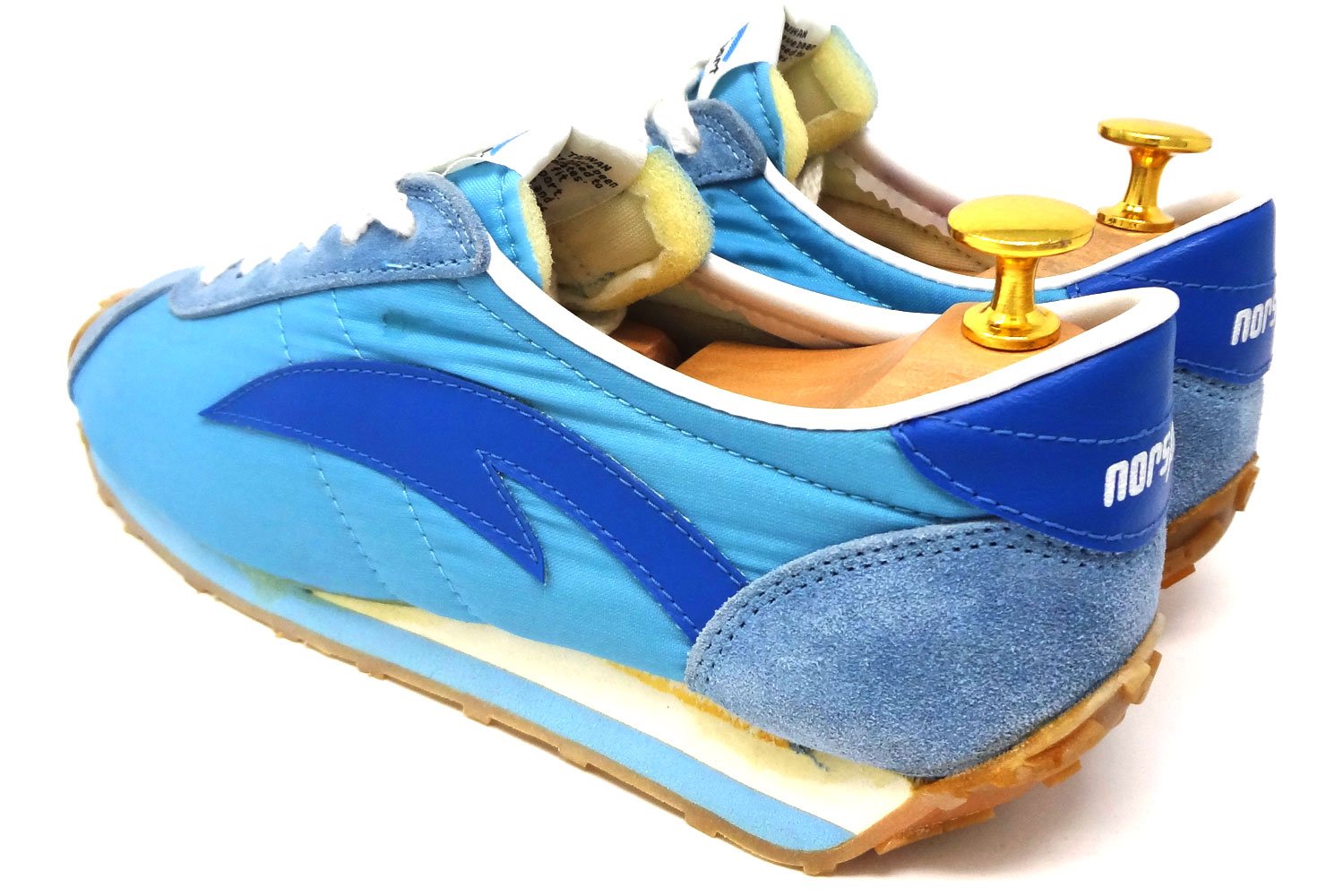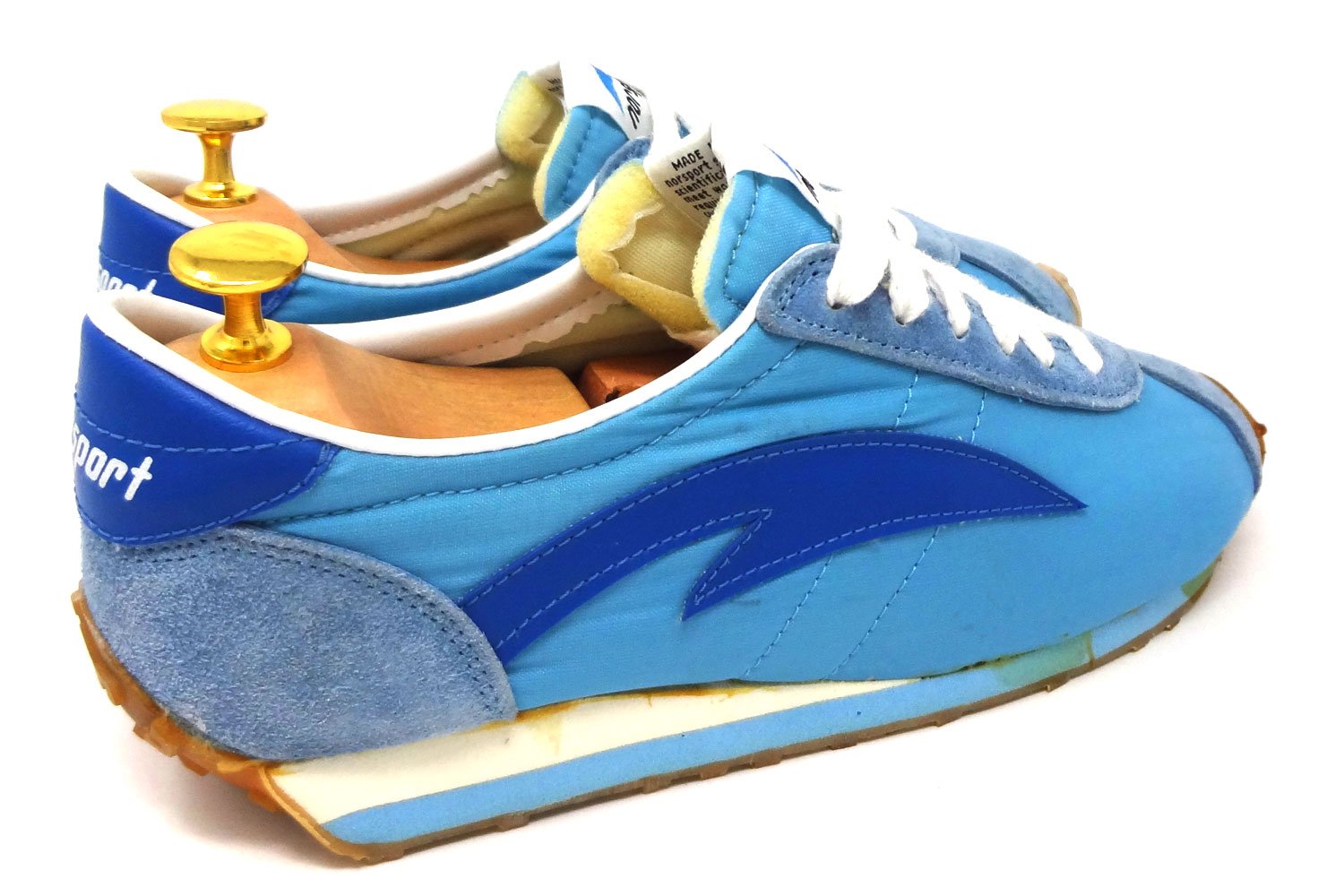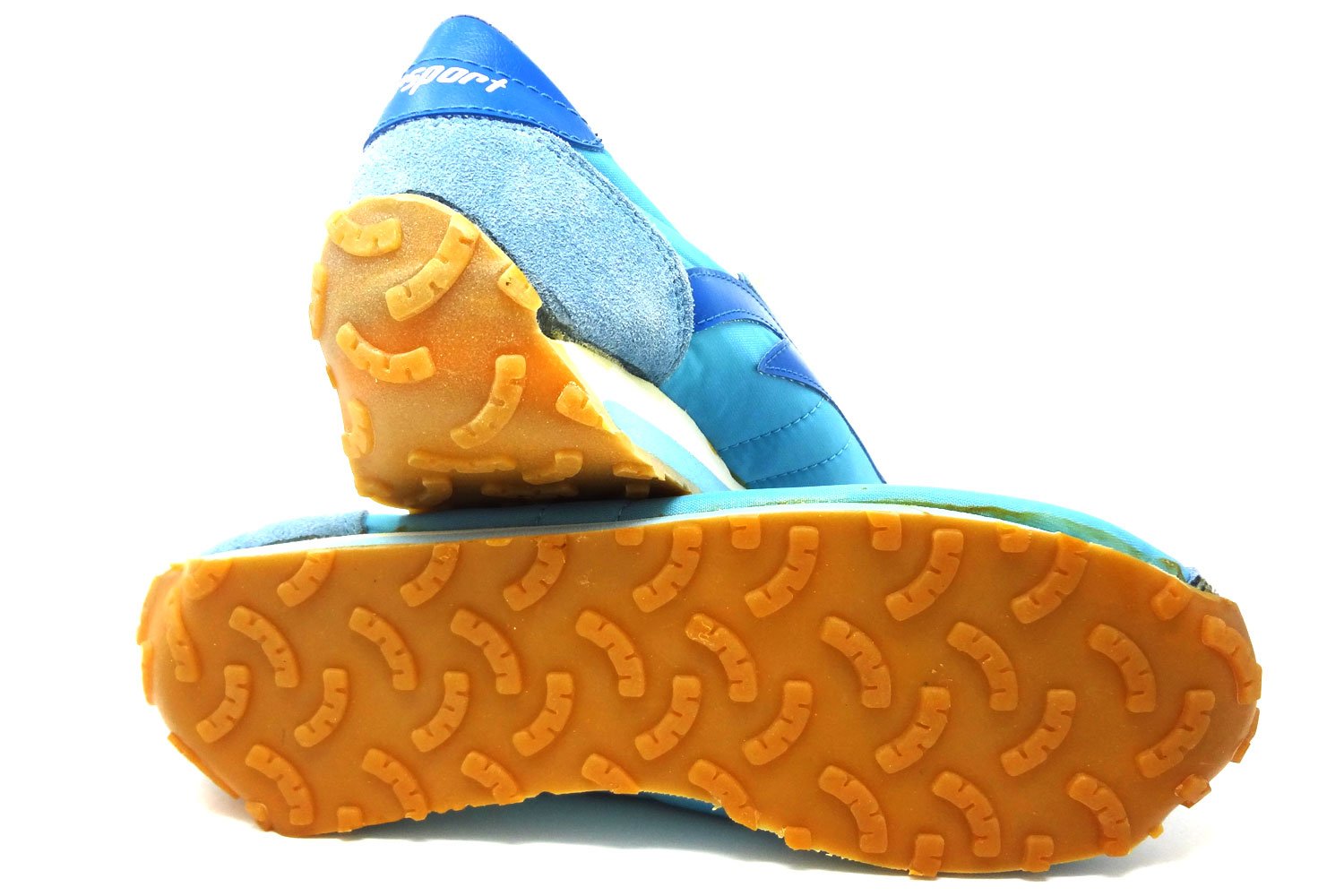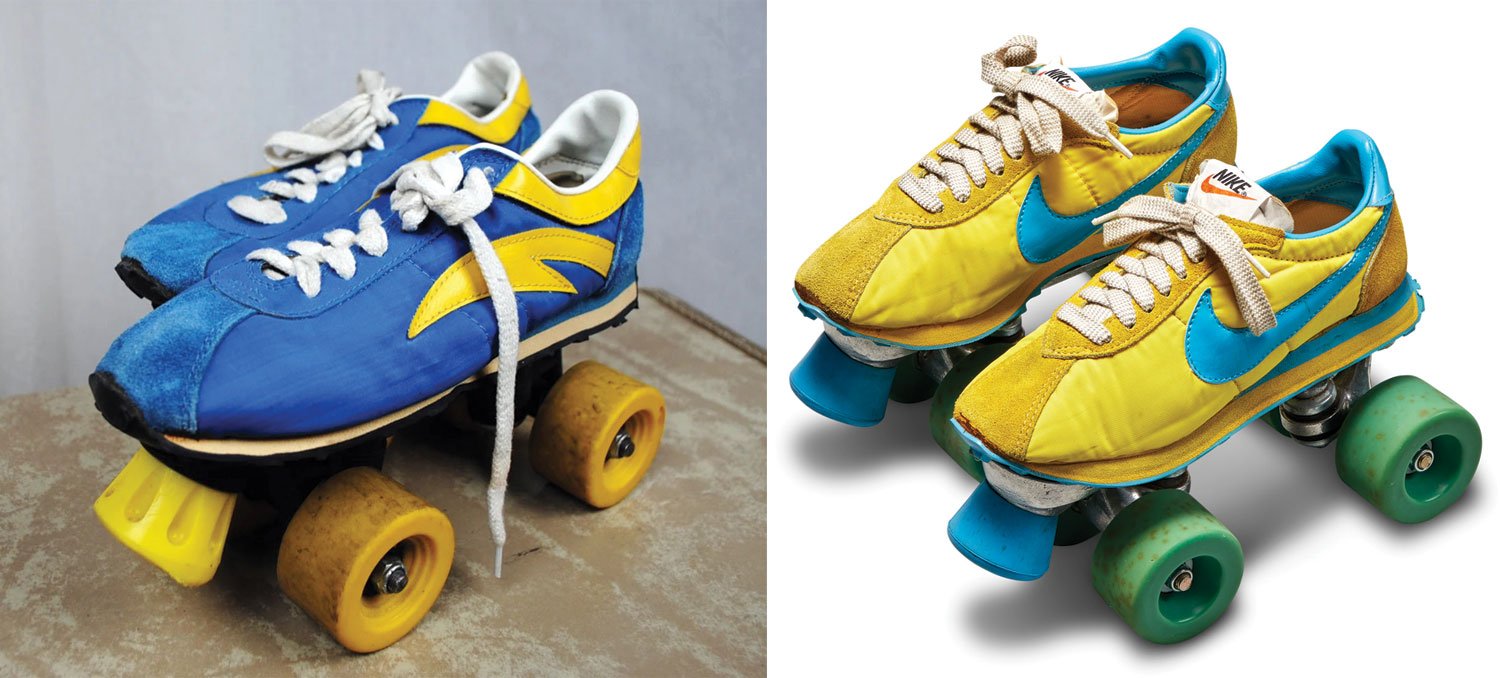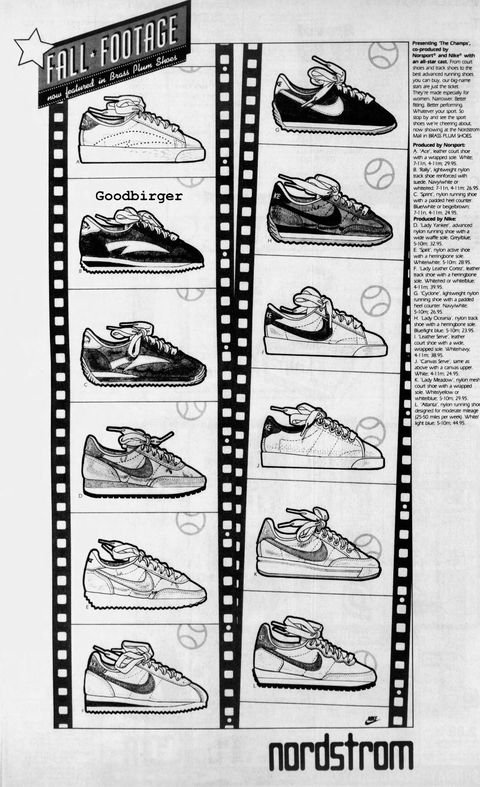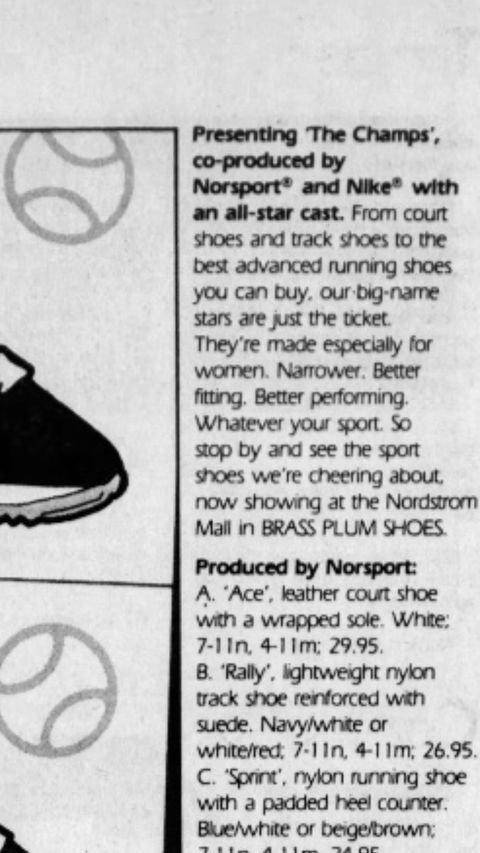Another attempt to look back at when Nike used to manufacture sneakers for other brands
We’re going to open up this blog post by asking a simple question:
Was Kinney’s NBA brand of sneakers actually made by Nike?
Kinney NBA Nike “Le Village” style sneakers
Image credit: Nike Le Village brown leather vintage sneakers over at GOAT.com
WHICH BRANDS WERE PRIVATE LABELED NIKE MANUFACTURED SHOES?
Part II - Kinney Shoe Store NBA brand sneakers
A few days ago we posted about Nordstrom’s Norsport brand of sneakers and today we’re back and looking at another brand that Phil Knight mentioned working with on the Nike ‘Futures’ program. In his book Shoe Dog Kinney was named as one of Nike’s biggest retailers so we thought it was worth checking out. Before we get going we want to note that this blog post is just a speculative theory based on a some observations and a lot of reading on Nike’s history.
From Shoe Dog:
“I had an idea. Why not go to all of our biggest retailers and tell them that if they’d sign ironclad commitments, if they’d give us large and nonrefundable orders, six months in advance, we’d give them hefty discounts, up to 7 percent?
This way we’d have longer lead times, and fewer shipments, and more certainty, and therefore a better chance of keeping cash balances in the bank. Also, we could use these long-term commitments from heavyweights like Nordstrom, Kinney, Athlete’s Foot, United Sporting Goods, and others, to squeeze more credit out of Nissho and the Bank of California… I told them that this program, which we were calling “Futures.””
Which brings us to the Kinney NBA sneakers and their flipped swoosh logo.
DID NIKE FLIP THE SWOOSH LOGO FOR KINNEY?
Was Kinney’s NBA brand of shoes made by Nike? The idea of this might seem absurd but after looking into it we think… maybe, yes. Kinney NBA sneakers were infamous for their short lived upside down Nike swoosh and 4 stripe logos that were used in the late 1970’s. The Kinney NBA line of sneakers was mentioned at the bottom of this Sneaker Freaker article last year titled “10 More Of The Most Stupidly Expensive Sneakers Ever” and the article hits on some popular notions about these NBA branded sneakers. The main idea is that Nike must have hated the theft and flipping of their swoosh logo. From the Sneaker Freaker article:
During the 1980s, the NBA ‘Choice of the Pros’ sneaker brand just went for broke and ripped everyone else off. As you’d expect they didn’t stick around for too long. I don’t think Nike appreciated the flipped Swoosh, nor adidas the Four Stripe. As blatantly tacky as they are, if you want a pair of these vintage lookalikes you're going to have to part with a few grand.
The quote above seems to summarize the conventional thinking on the NBA brand of sneakers. But what if the conventional thinking is wrong? Could these sneakers have been made by Nike? It’s possible and we get into why and how below.
WHAT WAS NIKE’S RELATIONSHIP WITH KINNEY SHOE STORES?
Kinney was a kind of shoe store that does not exist anymore. These ‘family shoe’ stores were along the lines of other now-defunct mall shoe outlets like Thom McAn or Fayva and in the late 70’s and 80’s almost exclusively carried their own in-house brand of shoes. To understand why Nike would be in an arrangement to make private label sneakers for Kinney we took a look at who Kinney was and what was going on at the time.
Kinney Shoes founded Foot Locker.
Kinney Shoe stores was owned by the large department store called Woolworth. Woolworth was a chain similar to a modern day Target or Walmart. Kinney Shoes also founded Foot Locker in 1974. Why does this matter? Nike was founded in 1972 and as a new brand probably wanted to forge a solid relationship with Foot Locker as an athletic shoe outlet that could offer Nike larger distribution.
More on Nike’s relationship with Kinney from Swoosh:
One of the first dealers Moodhe tried Futures on was Ted Bertrand of Foot Locker. Foot Locker was a division of Kinney Shoes, the family chain that was part of the Woolworth empire. From its very first day, Foot Locker had smart merchandising, ready money, and commitment from the top.
Based on everything we’ve read it sounds like Kinney Shoes was seen as an ally and business partner to Nike.
THE VINTAGE NIKE LE VILLAGE MODEL SNEAKERS
Image credit: Vintage Nike Le Village Brown and White sneakers at GOAT
The vintage Nike Le Village line of brown leather shoes was a very specific model of sneaker. It was basically an upscaled leather Cortez meant for leisure and not really for sports. Outside of the Kinney NBA shoes there was no other brand at the time that made a shoe that looked like the Le Village. Below we posted some photos of the Kinney NBA Le Village shoes. There are subtle differences with the Nike version but similar to what we saw in the Norsport waffle trainer styled shoes these look like a more ‘basic’ version of the Nike shoe with the side stitching in slightly different locations.
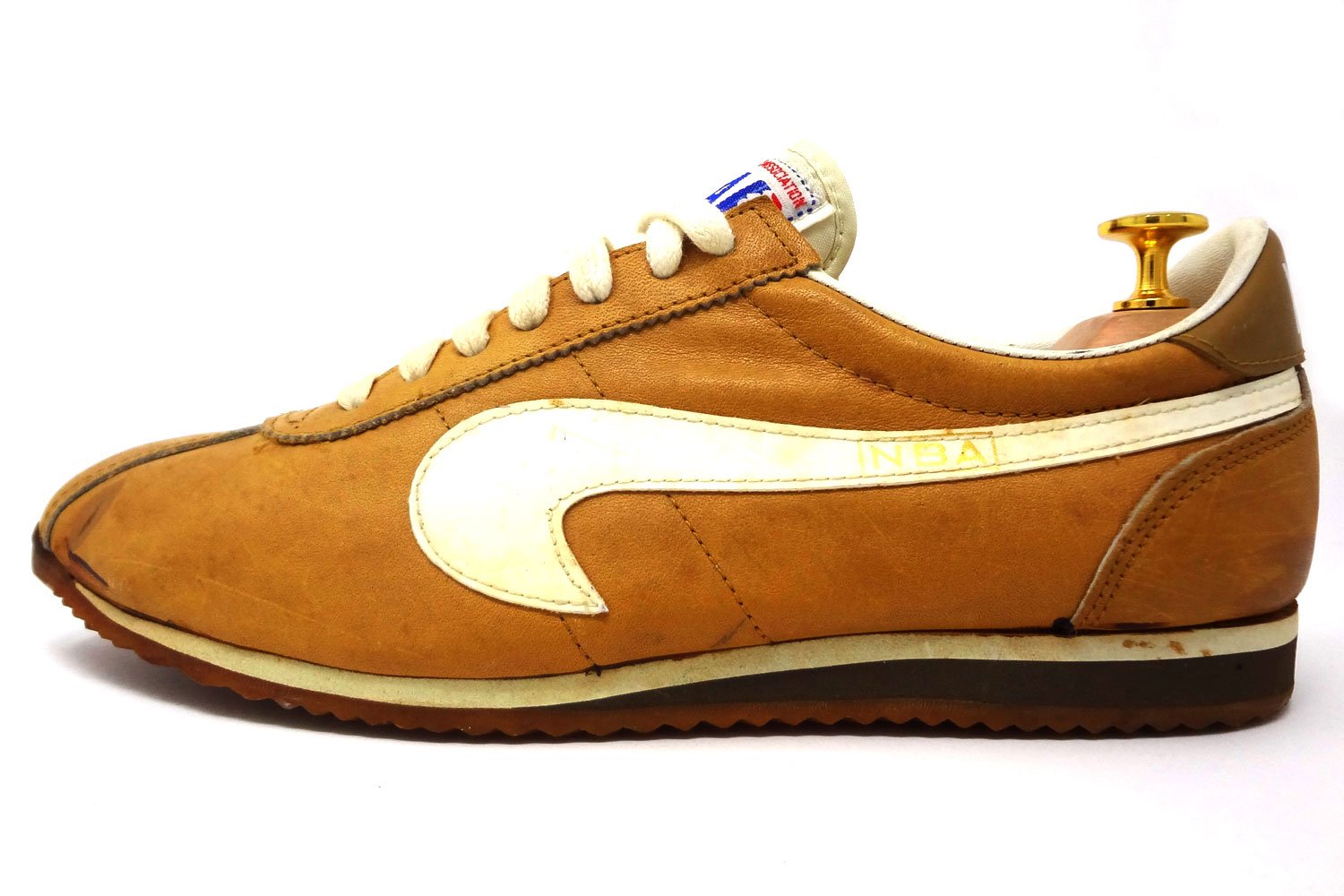
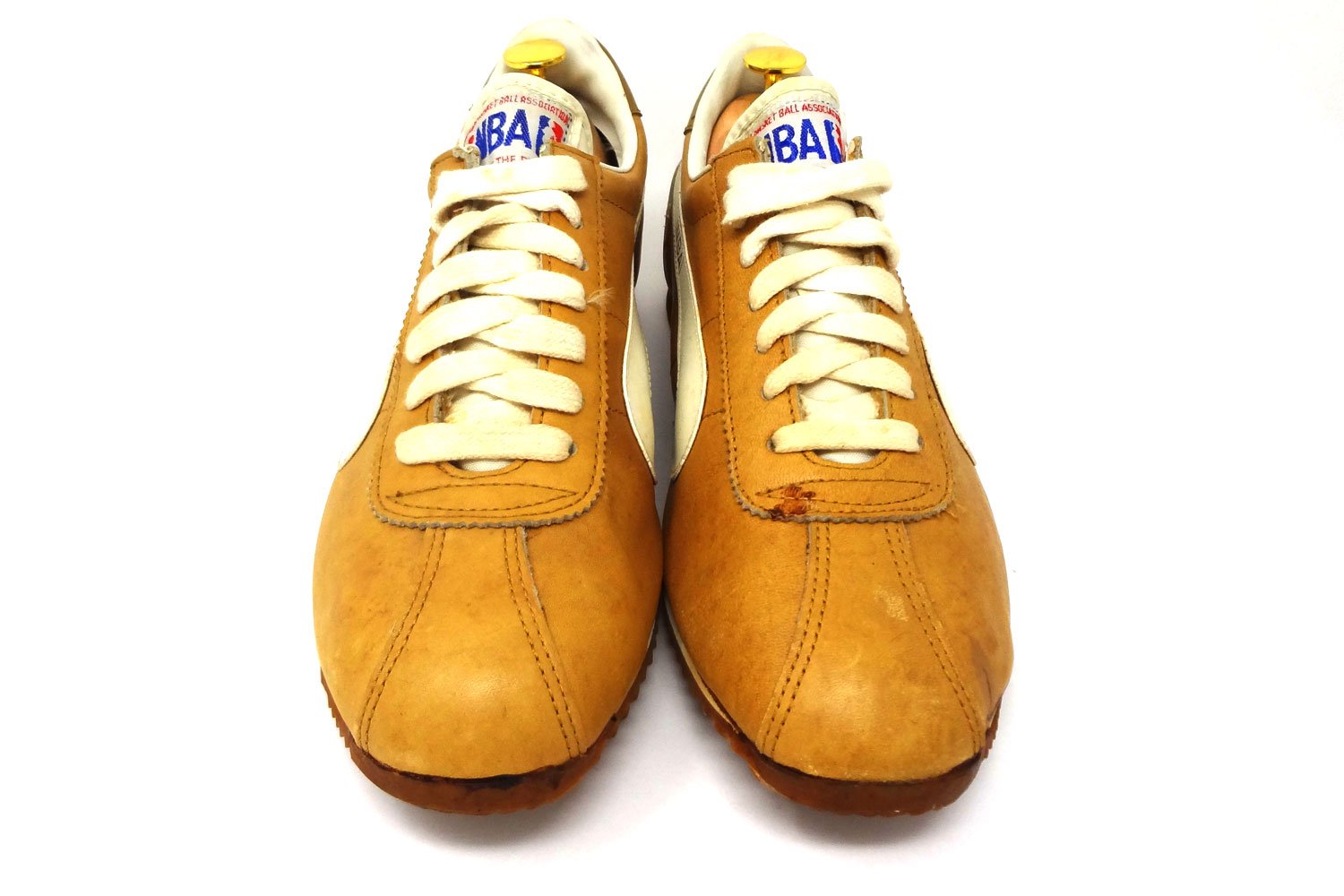
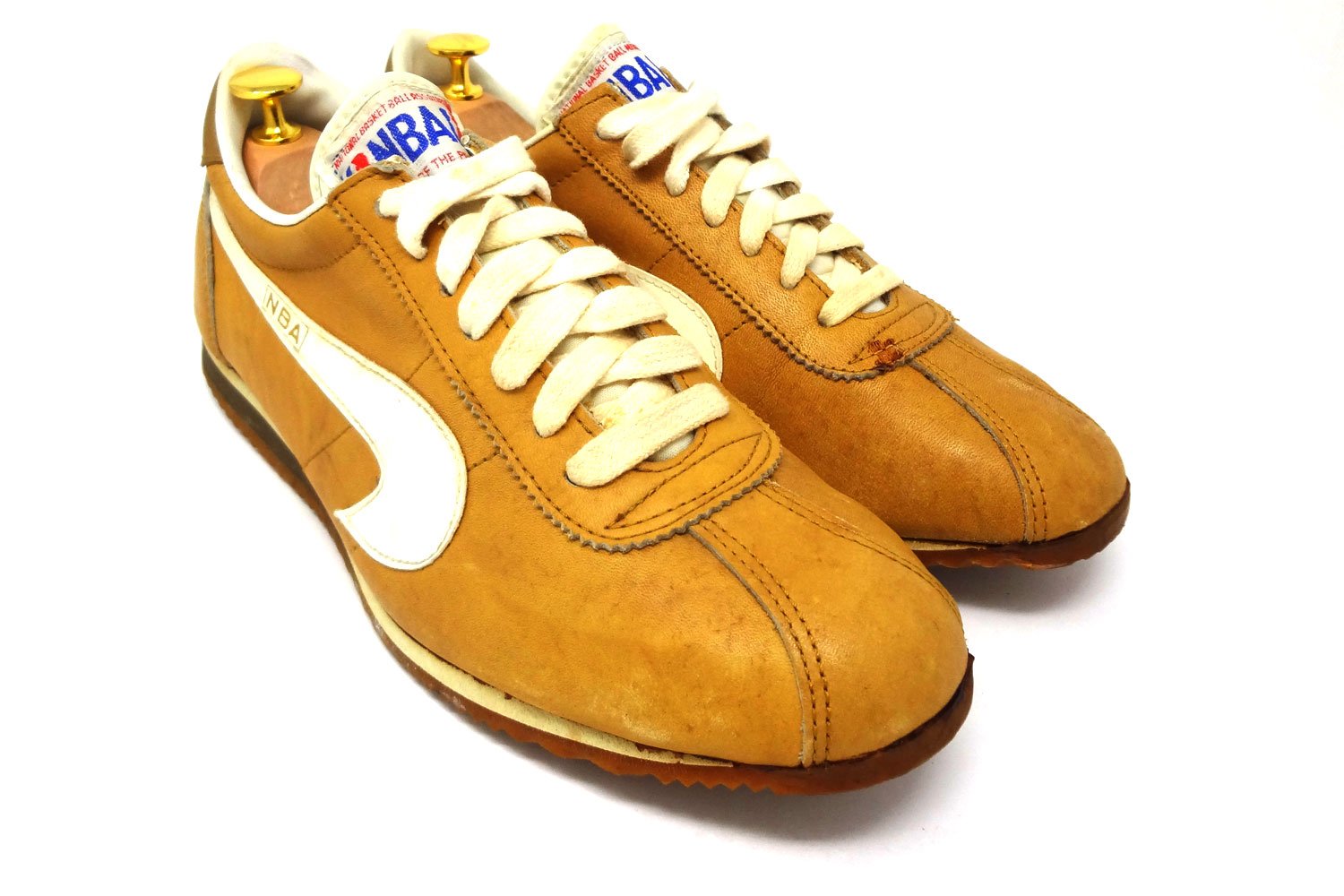

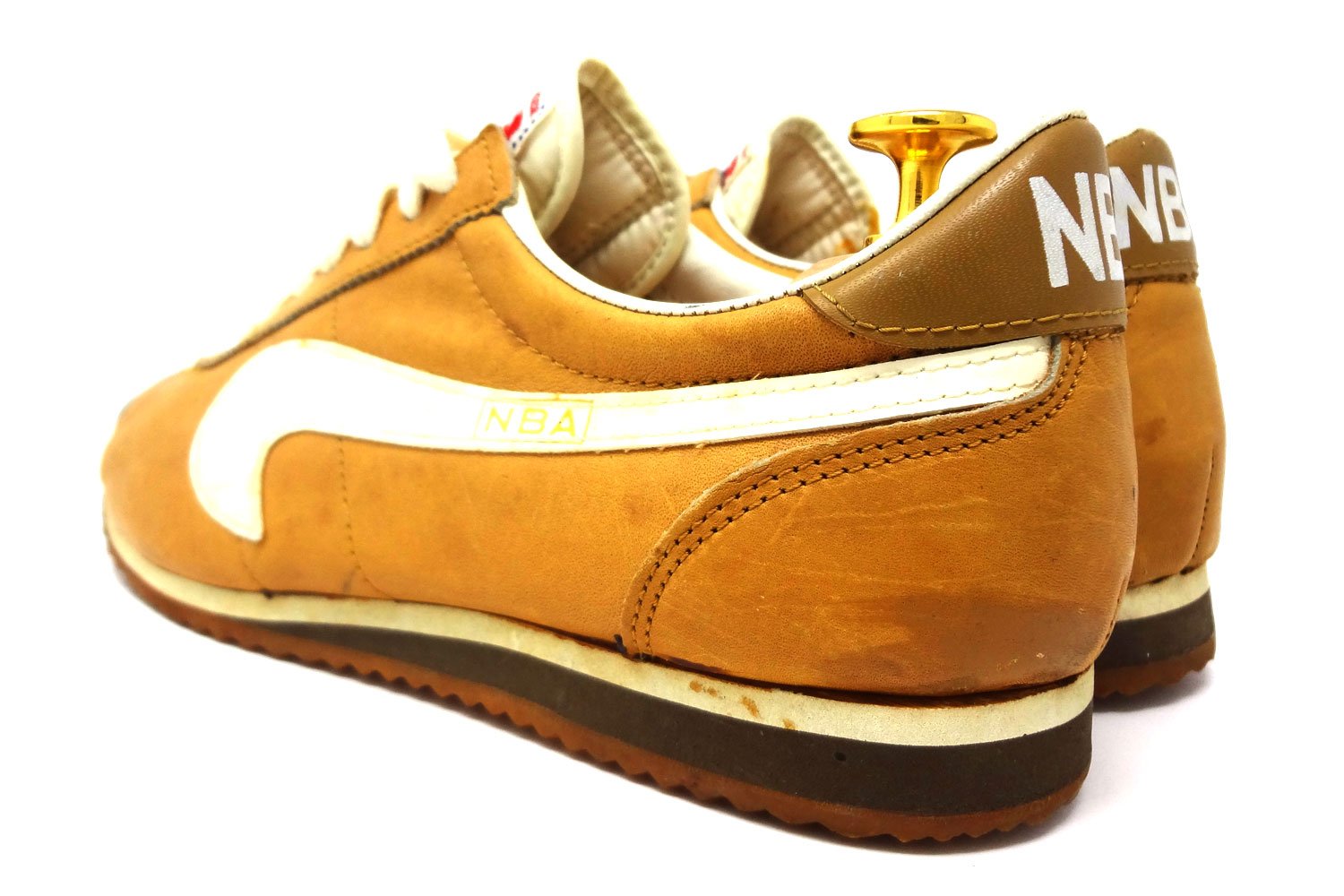
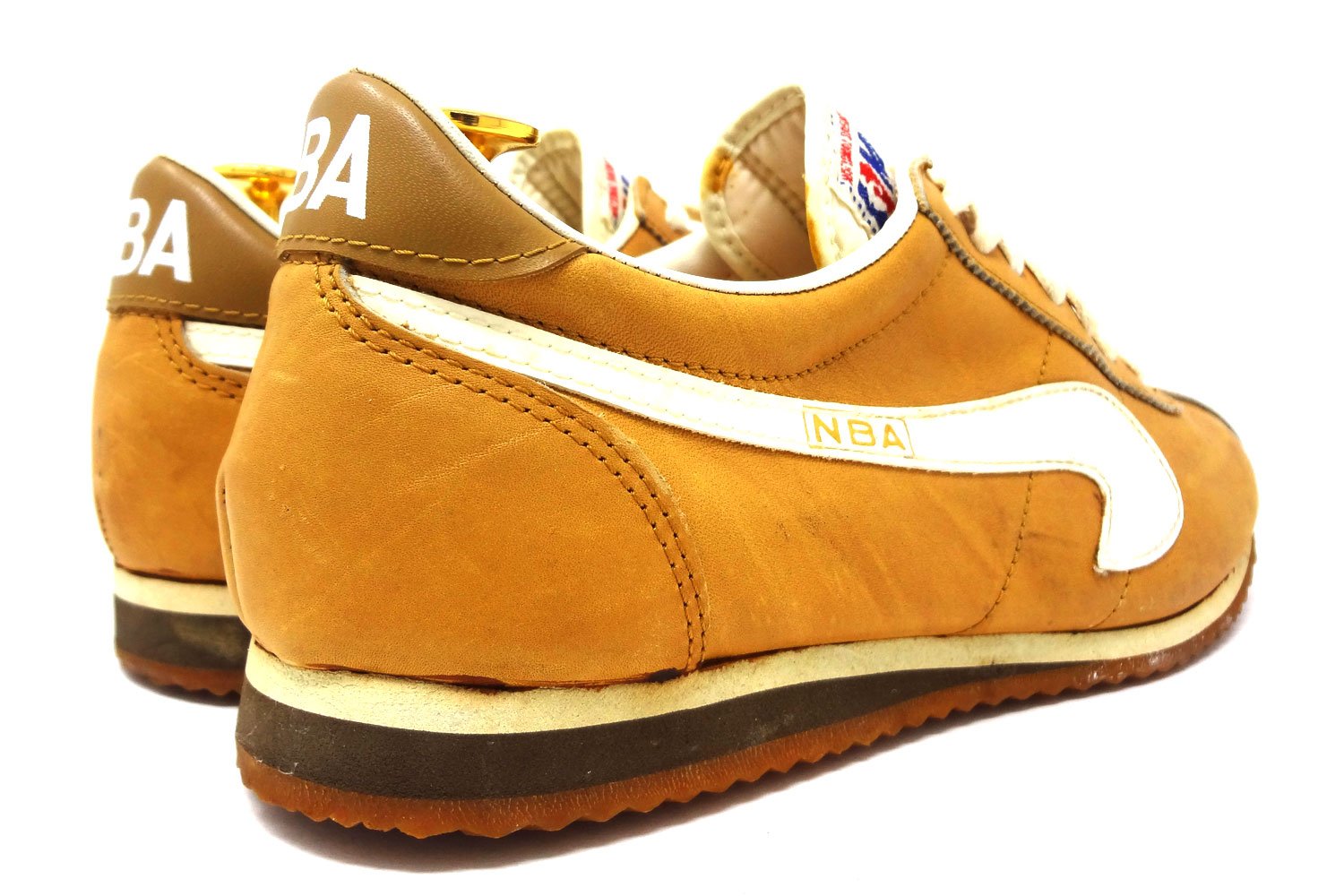
We’ve heard that these sneakers were merely ‘copycat’ designs ripping off Nike’s sneakers but the thing that doesn't add up with the 'copycat' idea is that Kinney and Nike were working closely together during this time through the 'Futures' program. It would seem to be a bad business strategy if Kinney was both working with Nike on one side of the equation and knocking Nike off at the same time. If Nike was willing to make Norsport shoes for Nordstrom then maybe Kinney NBA was a similar arrangement. Nike would have wanted to maintain a solid relationship with Kinney Shoe Stores knowing that they were about to open up the Foot Locker line of stores. This is speculation but you can imagine two brands who were closely connected might have found the incentive to work out a deal.
POLICING THE SWOOSH: THE MISSING LAWSUIT OR SETTLEMENT
Policing the Swoosh image credit: Print Mag
Phil Knight famously liked to hire lawyers and accountants during the early years of Nike. For all of the passages dedicated to lawsuits and big fights with Tiger and the US Government in his book Shoe Dog the book is also suspiciously quiet on the topic of Kinney NBA and brands that ripped off the Nike swoosh logo. There is no mention of a battle with Kinney in the book Swoosh either. You can spend awhile Googling around to try to find a lawsuit or settlement between the two brands and you won’t find anything. Based on the ‘Futures’ quote from Phil Knight above it does not sound like Phil Knight was bitter towards Kinney. Instead he describes Kinney as a business partner.
COMPARISONS TO ANOTHER VINTAGE NIKE SHOE: THE ALL COURT BLAZER CANVAS COPY
The Sneaker Freaker article that we linked to above has an image in it that shows what appears to be another familiar vintage Nike silhouette, the vintage All Court Blazer Low Canvas. There are differences in photography but check out the side by side below. The toe cap is a little different but the metal eyelets and side stripes stitching are very similar.
Image credit to Sneaker Freaker and this eBay listing.
CONCLUSION
We can’t say for sure, but based on the designs and relationship between Nike and Kinney Shoes it is possible that some of the Kinney NBA line of sneakers might have been manufactured by Nike. Beyond the obvious similarities in appearance we have a hard time believing that Phil Knight would let one of Nike’s main retailers directly knockoff their own shoe models without Nike being involved in the production.
Lastly, if this post is correct then this would be the first time that Nike flipped their swoosh logo, pre-dating the factory error Air Jordan 1 “Reverse Shattered Backboard” by almost 40 years. If there are any old Nike staff from around this time who are familiar with the relationship between the two brands please send us a note at the contact page. We’ll update this post if we are able to find more information on it.
